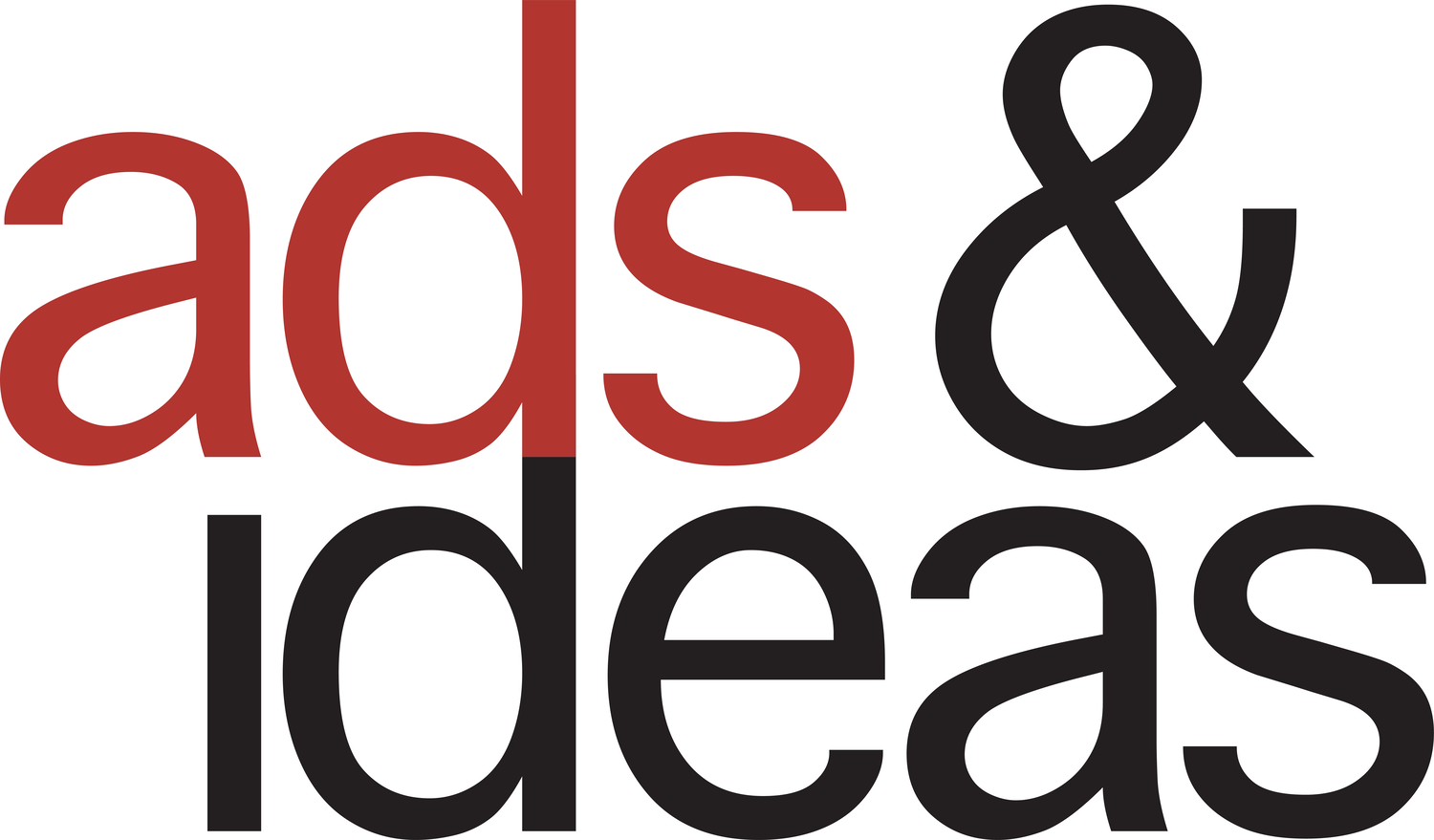Overcoming Sales Challenges with Jam Sessions
/By Craig Miller
"Many of us are more capable than some of us...but none of us is as capable as all of us!" —Tom Wilson, Ziggy cartoonist, said that. We know it’s true because we see what happens every time an Elliott Co. office holds a jam session.
Based on his experiences in Vistage (when it was still called TEC), Jim Elliott implemented a simple procedure years ago that allows any salesperson to tap into the combined knowledge of their peers whenever it’s needed.
Our jam sessions are similar to the brainstorming technique developed by Alex Osborn (the “O” in BBDO—Batten, Barton, Durstine & Osborn). However, brainstorming is just one part of Osborn’s Creative Problem Solving process. In brainstorming, a small group of people meet for the purpose of generating as many ideas as possible, written down in a list without attributing the ideas to anyone. No criticism is allowed during the brainstorming meeting, and a moderator tries to ensure that no one dominates. The hope is some really good ideas will be produced because of the volume. Weeding out or unworkable ideas occurs later in the creative process.
Our jam sessions are a little different. They may be called by anyone who gets stuck on any sales challenge. That person will find a time within a few days when most of the staff expects to be available in person or by phone, and we send out an email invitation. Before the meeting, the one asking for the jam session will work on defining the challenge as narrowly as possible. A moderator will guide the flow, by first asking for a concise statement of the topic and about 5 minutes of background information to help the group understand the situation; clarifying questions are permitted. Then the fun begins; anyone who wishes to contribute may toss out brief statements and ideas of possible approaches. This sparks other ideas and soon the whole group is engaged. The moderator’s main function is to keep the flow going and to ensure that everyone has ample opportunity to contribute. A note-taker keeps track of the flood of ideas, and the whole process wraps up in 30 minutes. The notes are used as a memory-jogger for the person who called the jam session; we don’t waste much time formalizing them.
We have read a lot of criticism about traditional brainstorming, from claims that it just doesn’t work to charges that it actually impedes the process of finding business solutions. That has not been our experience.
Unlike traditional brainstorming, which often has a team goal and often seeks innovation per se, our jam sessions are designed to help one person meet one challenge. Unlike those teams, we do not need to try to figure out a process for implementing many unrelated ideas; we are already moving fast and only those ideas that make immediate sense can be used.
Because the staff is a true melting pot of media sales experience, including magazine, digital, newspaper, and broadcast; B2B, B2C, from both start-up and old established institutions; and even agency planning, buying and research positions, someone is likely to have an interesting perspective on the challenge. Jam sessions are tremendously helpful to the person receiving the input, but are a wonderful team-building exercise as well. The benefits include discovery of unrecognized expertise within the staff and rapid knowledge transfer. It’s a win-win for the sales staff, but even more so for our clients as we add more firepower to assist the salespeople responsible for their business. All of us really are smarter than any one of us.

